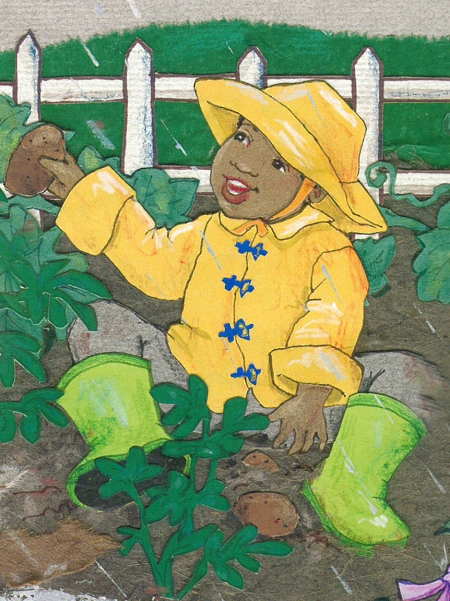What happens when there is a lack of or break down in communication between stakeholders about the tools used to assess children’s reading? One bookseller shared her experience when parents, booksellers, and students attempt to find the right book within a leveling framework.
In our previous post, “7 Strategies to Help Booksellers and Librarians Navigate Lexile,” we presented strategies for the book experts out in the field on strengthening the communication lines, sharing resources and context, and building a community invested in each child’s education. In doing so, we show our students, children, and customers that they have a whole team cheering for them and invested in their growth, joy, and success.
Now for educators! Want a child to achieve a year and a half of reading progress and develop a lifelong passion for learning? The more adults you have involved in your students’ success, the better chances you have for meaningful growth and creating a love of reading.
For teachers and school staff who want to invest more stakeholders:
1. Don’t wait for summer break to provide reading lists. After each assessment cycle or parent-teacher conference period, provide parents with book ideas to help students get to the next level. Research or create booklists to hand parents at a parent-teacher conference. Except for the outliers, you can generally get away with making 3 lists (above-, on-, and below-grade level) of where students are reading.
Continue reading →




